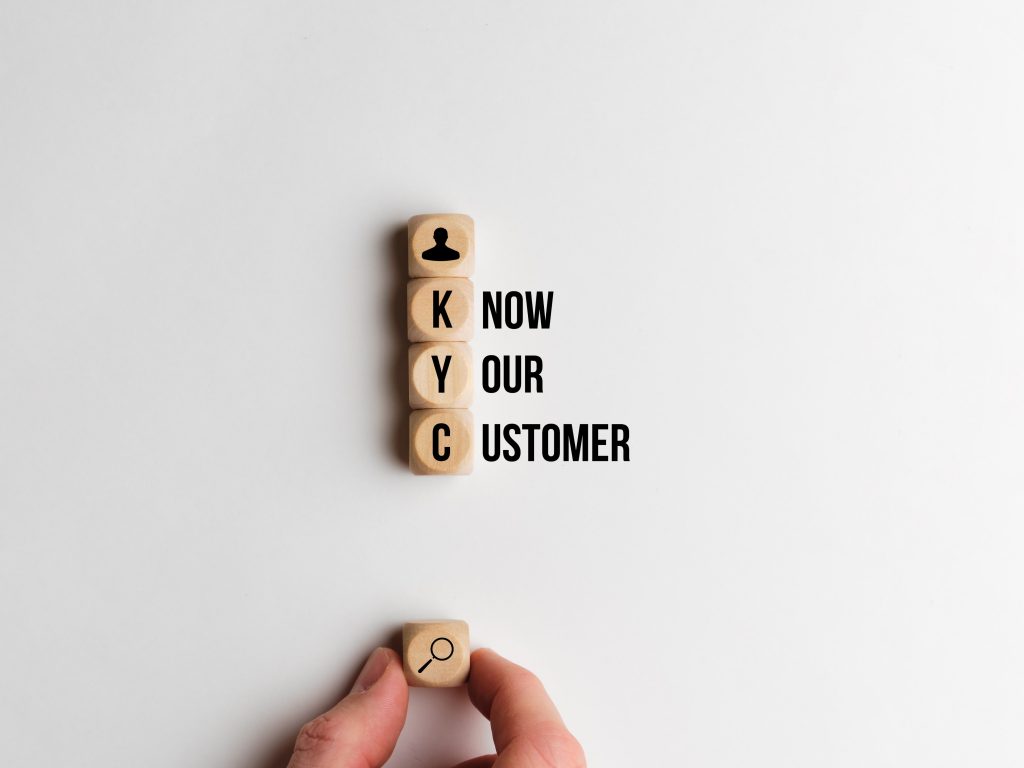
In an ideal world, the tremendous amount of time, money, and energy you spend in building a great business, educating your audience about it, attracting them to your company, and finally turning them into paying customers would be rewarded by a long, profitable relationship between you and the newly-acquired customers. But this is not an ideal world, is it? You know that customer relationships are far from ideal.
Losing Customers: A Reality Check
Easier Than You Think
Losing customers is easier than you think. A staggering 96% of customers have no qualms about walking out the proverbial door if they are unhappy with either your products or services and/or your manner of delivery. In today’s mega-competitive age, simple negligence or misconduct on social media—such as making rookie mistakes on Twitter, like over-tweeting—are enough to push customers away. There are a host of other factors that can do the same.
Overall, you lose customers because of one or more of three primary reasons. Researchers in Washington DC used a customer survey to find out the main reasons customers stop doing business with a company or service provider:
- Poor Customer Service: 68% of deferring customers cite poor attitude of the customer service representatives or complete indifference on their part as the trigger to leave. Consequently, poor customer service costs an estimated $83 billion in losses to US companies annually.
- Dissatisfaction with Product/Service Quality: 14% of customers leave because they are dissatisfied with the quality of the product or service delivered.
- Lured by Competition: Another 14% get lured in by the competition with the promise of a better or more valuable deal.
Apart from these reasons, other factors include relocation (3% of cases) and death (1% of cases).
The Cost of Losing Customers
Financial Impact
Globally, companies lose an average of $243 on every customer they fail to retain. This figure considers the average of lost sales and revenue but does not include profit loss associated with wasted acquisition costs. The real cost of lost customers also includes losses created by the ripple effect of a customer leaving.
The Ripple Effect
- Silent Departures: 95% of customers who are unhappy with your services and are contemplating a change do not complain to you. They leave without making a noise, which gives you no opportunity to right the wrong and win them over before they make the final shift.
- Word of Mouth: About 13% of unhappy customers talk to their friends. Things get worse as a happy customer talks about their positive experience to about three to five people, whereas an unhappy customer complains to up to 20 people! You can forget about those 20 people bringing their business to your company.
- Reputation Damage: A lost customer can cause serious damage to your reputation. This is especially true if the customer had a particularly bad experience with customer service and is furious. Social media amplifies this effect. Back in 2015, an unhappy Virgin Airline passenger wrote about his in-flight experience, which was re-tweeted 1,134 times, had more than 3,000 backlinks, and is still being shared today!
The bottom line? A lost customer costs you significant business dollars in terms of lost sales and revenue, lost reputation, and market share, ultimately affecting your profit margins more seriously than anticipated.
Your Loss is Your Competitor’s Gain
61% of lost customers go straight to a competitor when they are unhappy with their current company. Think about that. If your negligence or misconduct is the reason why you lost, say, 10 customers in a month, it is also the reason why your competitor gained six new customers in the same month.
The Majority of Businesses Have It Wrong
The majority of businesses continue to focus on customer acquisition when in fact they should be focusing on customer retention. 63% of marketers identify customer acquisition as the number one goal of their advertising campaign. But why is that wrong? For the simple reason that mere customer acquisition is not the path to sustained profitability. Here’s why:
- Pareto Principle: 80% of your profits come from just 20% of your existing customers.It makes sense to focus on the top 20% of existing customers—they are your most loyal customers and your primary source of sales, revenue, and profits. Focusing on nurturing your relationship with them is both natural and desirable.
Yet, most companies fail to focus on the right thing—retaining existing customers and nurturing them into highly loyal customers. The need to focus on retention becomes even clearer when you consider that:
- Cost-Effective: Acquiring new customers is costlier than retaining current customers. You typically spend up to seven times more on customer acquisition strategies than on customer retention strategies.
- Higher Success Rate: Selling to existing customers is easier than selling to new customers. Your chances of closing a sale successfully lie between 60-70% when targeting a repeat customer, compared to a mere 5-20% for new customers.
- More Profitable: Existing customers shop more often and spend roughly 33% more than new customers in the long run.
- Loyalty and Price Sensitivity: Existing customers are less sensitive to price changes and are more likely to continue doing business with you even when prices increase.
- Willingness to Try New Products: Existing customers are more likely to try new products or services from your company.
- Referrals: Loyal customers often refer friends and family to your company, which brings new business at zero acquisition costs. Referred customers are more likely to shop often, spend more, and be less sensitive to price fluctuations.

Customer Retention Can Be Deceptively Simple
Given how advantageous customer retention is for your business, you might think it must be a complex process. However, customer retention is simpler than you think. As you may remember, poor or negligent customer service is the number one reason why retention efforts fail, followed by dissatisfaction with the product/service and competition. Thus, if your business offerings are up to the mark, customer retention is all about treating customers right for the most part.
And the good news is, treating customers right does not mean making no mistakes. To err is human, and quality customers understand that. Treating customers right means placing them first, displaying genuine interest and compassion, admitting mistakes, and correcting or compensating for mistakes promptly.
The True Value of Customer Retention
Customer retention is the only way your business can attain and maintain sustainable success. It’s cheaper than acquisition, more profitable, and builds loyalty. By retaining customers with exceptional customer service, nurturing the relationship, and boosting loyalty, you can significantly raise your bottom line. A mere 5% rise in loyalty can help you raise overall profits by 25-95%.
Customer retention is an opportunity you cannot afford to miss. Embrace these strategies and watch your business thrive.
Ready to Boost Your Customer Retention and Drive Profits?
Don’t let your hard-earned customers slip away. Focus on what truly matters—retaining your existing customers to ensure long-term success. If you’re ready to improve your customer retention strategy, we’re here to help. Contact us today to learn how we can help you build lasting relationships with your customers and increase your bottom line!
Leave a Reply